Yorkshire Terrier
Dog breeds
This is one of the most popular small breeds. Its characteristic ducal walk and beautiful coat, which may be decorated in various ways, are its hallmark. Let us learn about Yorkshire Terriers, their personality and attitude towards people.
FCI classification
- Group 3: Terriers
- Section 2: Toy Terriers
- Without working trial.
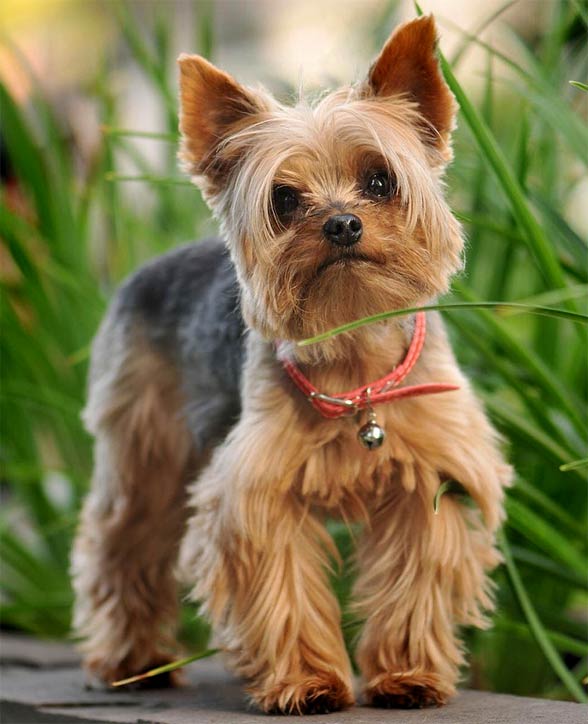
The history of the breed
The breed’s name indicates the place of its origin – West Yorkshire County and bordering Greater Manchester located in the north of England. In the mid-19th century, Scottish millworkers came to Yorkshire searching for a job. They brought several different varieties of small Terriers with themselves and they were then the first who were developing the breed.
However, they did not care that much to pass some knowledge and provide information about the breed. Nonetheless, we know that the breed developed from three dogs: a male called Old Crab, a female Kitty and one other female. Each of those dogs was of a different breed: black and tan Terrier, Maltanese and Skye Terrier.
All Terriers originated from Scotland. The name Yorkshire was given due to the fact that the breed was developed in Yorkshire. In general, the first Yorkshire Terriers appeared in 1850. The name was introduced in 1870. The new breed has a lot in common with other terriers, in particular a hunting instinct, which is usually focused on toys and rodents.
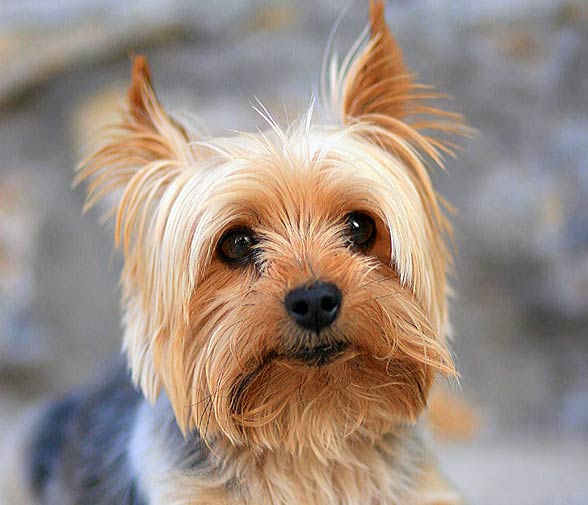
In the beginning the name Yorkshire Terrier was used in relation to all the dogs resembling terriers – with long fawn or silver hair, small tail and trimmed ears. However, the first representative of the new breed was presented at the dog show Paisley Yorkshire terrier called Huddersfield Ben that belonged to a woman from Yorkshire – Marry Ann Foster.
The breed was registered by AKC (American Kennel Club) in 1885. In the Victorian Era Yorkshire Terrier was very popular and very often presented at the dog shows. In 1940 the breed’s popularity decreased. Yorkshire Terrier called Smoky become a famous war dog during World War II that renewed the popularity of its breed.
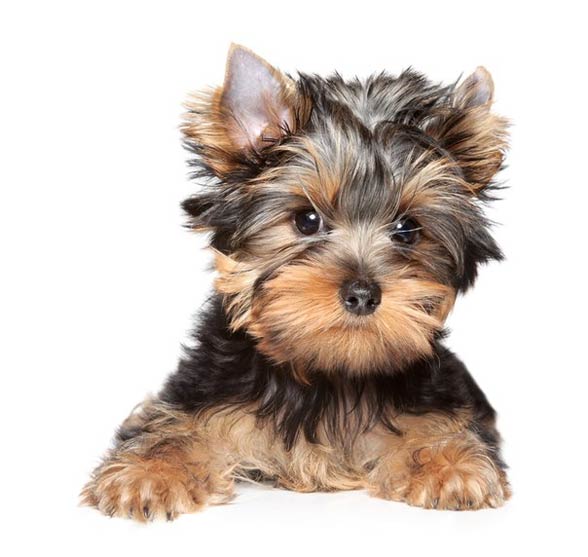
Appearance
According to the breed standard, the fur should be shiny, straight, clean and silky soft. The fur is long and parted down in the middle of the back. It must not impede the movement.
The hair is dark grey to black, from the neck to the base of the tail. On the head, chest and upper part of the limbs the hair is light and tanned. At the endings the hair is the lightest. However, in general adults have different color variations and hair types.
Sometimes the fur may be woolly or, on the other hand, it may be very thin. Both of the variations meet the breed standard. The kennel clubs suggest that atypical varieties should not be bred on purpose. It is because the dogs that have atypical fur, may suffer from the genetic defects, which may be passed on the descendants. Moreover, the grooming of the more hairy variations is more difficult and time consuming.
The puppies are born with a black coat and brown spots on the muzzle, above the eyes, on the lining of the ears and under the tail. Some of them may have a white “star” on their chests or on the toes. It happens sometimes that puppies are born red, however both parents must have this trait. White accents do not constitute fault as they disappear with age. Usually, several-month old Terriers do not already have them. A final coloration, usually black or grey, may be achieved even when the dog is 3 years old.

Grooming
The fur may be trimmed short in order to keep it healthy and clean however at the shows dogs must have long hair that are trimmed to the level of the ground, to the extent that they do not impede movement and look elegant. Hair on the limbs and on the tips of the ears is trimmed as well.
Long hair requires a lot of grooming. In order to avoid breaking the hair and damaging it may be wrapped in a rice paper or other products and special oil is applied. The substance should be washed out once a month and a new application must be made within a week. The grooming treatments were described in 1878 by John Walsh who enlisted products such as coconut oil that help growing a healthy fur.

Temperament
It walks with a self-confidence. It is very active, caring and curious. It loves having everyone’s attention focused on it. It is not docile like other small breeds therefore it is rather not suitable for families with children. It is great for adults and children above 8 years old.
The breed may be easily trained, what results from its facility to work without human’s help. They were originally destined to serve as working dogs therefore they require a physical and psychical stimulation like for example long walks, formations and play.
When it feels fulfilled and satisfied is gladly lays on its owner laps. Within the breed, there are different dogs though. They may show their happiness in different ways. All those dogs are unique and have different needs.

Health
The breed is prone to many different diseases: bronchitis, lymphangiectasis, liver diseases, cataract and dry eye syndrome. The dogs have delicate digestive system, they may suffer from vomiting and diarrhea resulting from unbalanced diet or bad food.
It does not react well to injections and anesthesia. In addition to that, it is more sensitive to the injuries caused by fall, other dogs’ attacks or their owners’ clumsiness. In the area where the injection was made, there may appear inflammations or hair loss. They are also prone to allergies.
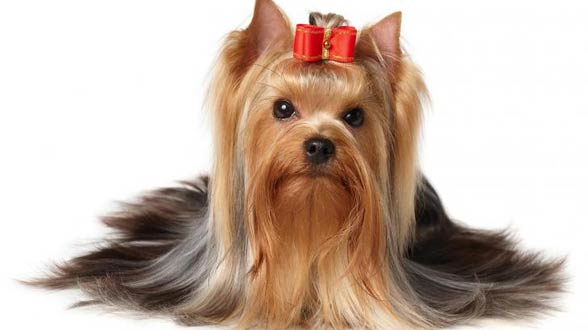
Detailed information / size
Yorkshire Terrier
- Height at shoulders: 15 to 23 cm (6 to 9 in)
- Weight: 1.81 to 3.17 kg (4 to 7 lb)
- Life span: 10 to 15 years
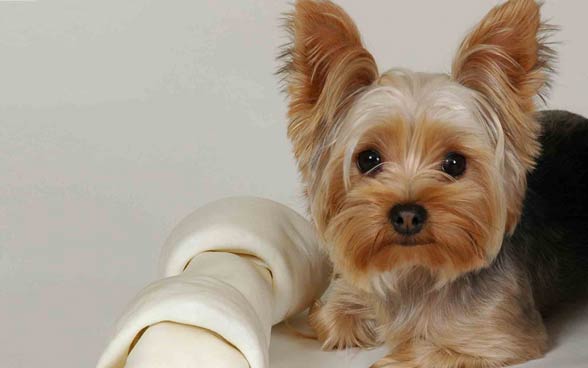
Yorkshire Terrier – curiosities
- The first representative of the breed was Huddersfield Ben – which is called the father of the breed.
- Stanley Coren ranked Yorkshire Terriers 27th in the ranking of the most intelligent breeds.
- Yorkshire Terriers tend to bark a lot, therefore they are god at alarming when there is a stranger near the house. An excessive barking may be reduced by the means of proper training.
- The dogs that weigh less than 1.3 kg (2.8 lb) live shorter than the heavier ones because they are more prone to the diseases such as diarrheas and vomiting as well as the sensibility to anesthesia, injections and injuries.
- The Yorkshire Terriers have a tendency to mouth diseases. This is due to the fact that their jaws are small and the teeth grow in the clench and therefore may easily fall. Clenched teeth are much more prone to the bacteria that result in periodontal diseases and in some cases – even to heart and kidney failure. In order to prevent from the complications it is recommended that the teeth are brushed with special toothpaste (the toothpaste for people may be harmful). It is also worth taking the dog to the veterinary doctor so that he could brush the teeth himself.


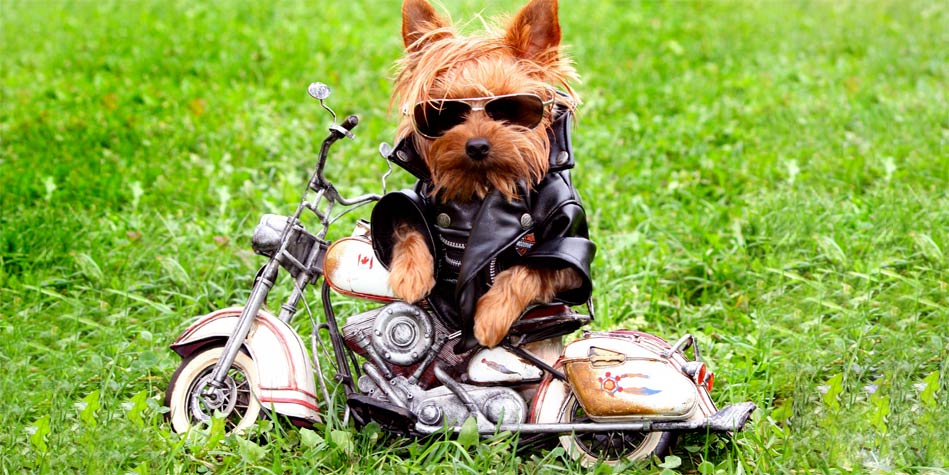



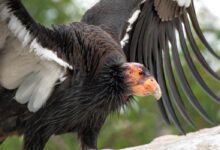

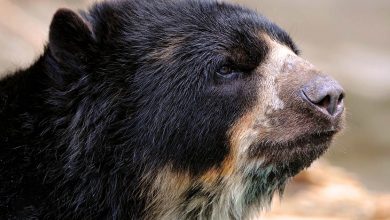
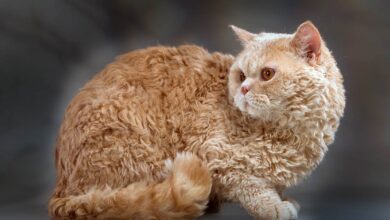
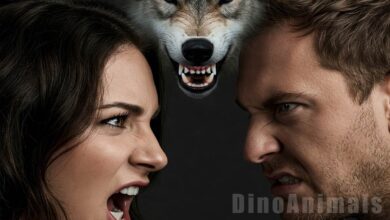
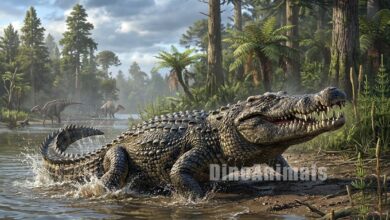
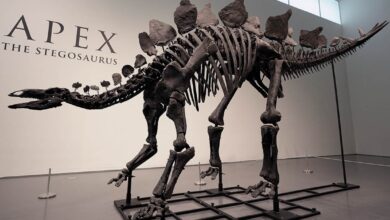

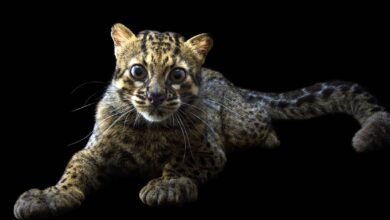

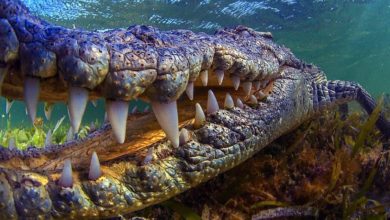

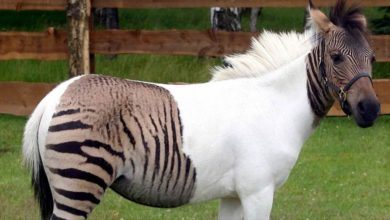

It really helped when you said that Yorkies would be confident, active, caring, and curious while wanting everyone’s attention. This is why I really wanted this breed for my husband and I, because we need something to care for due to not being able to have a child. So I hope to find Yorkie puppies for sale next year, because we can’t wait to have something to care for after three years of being married.